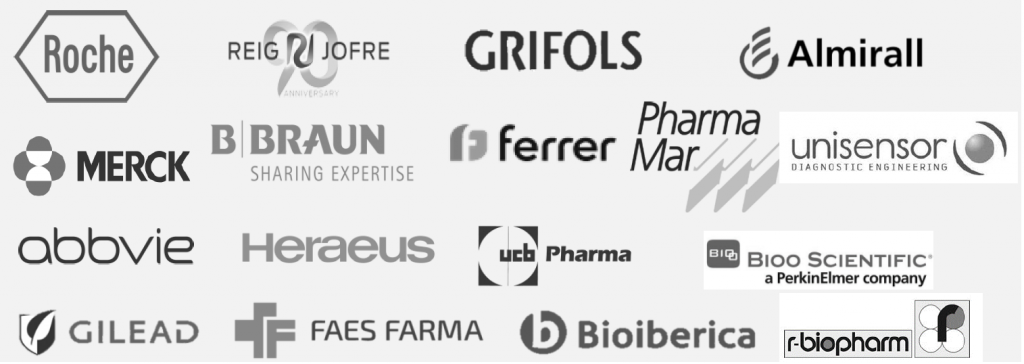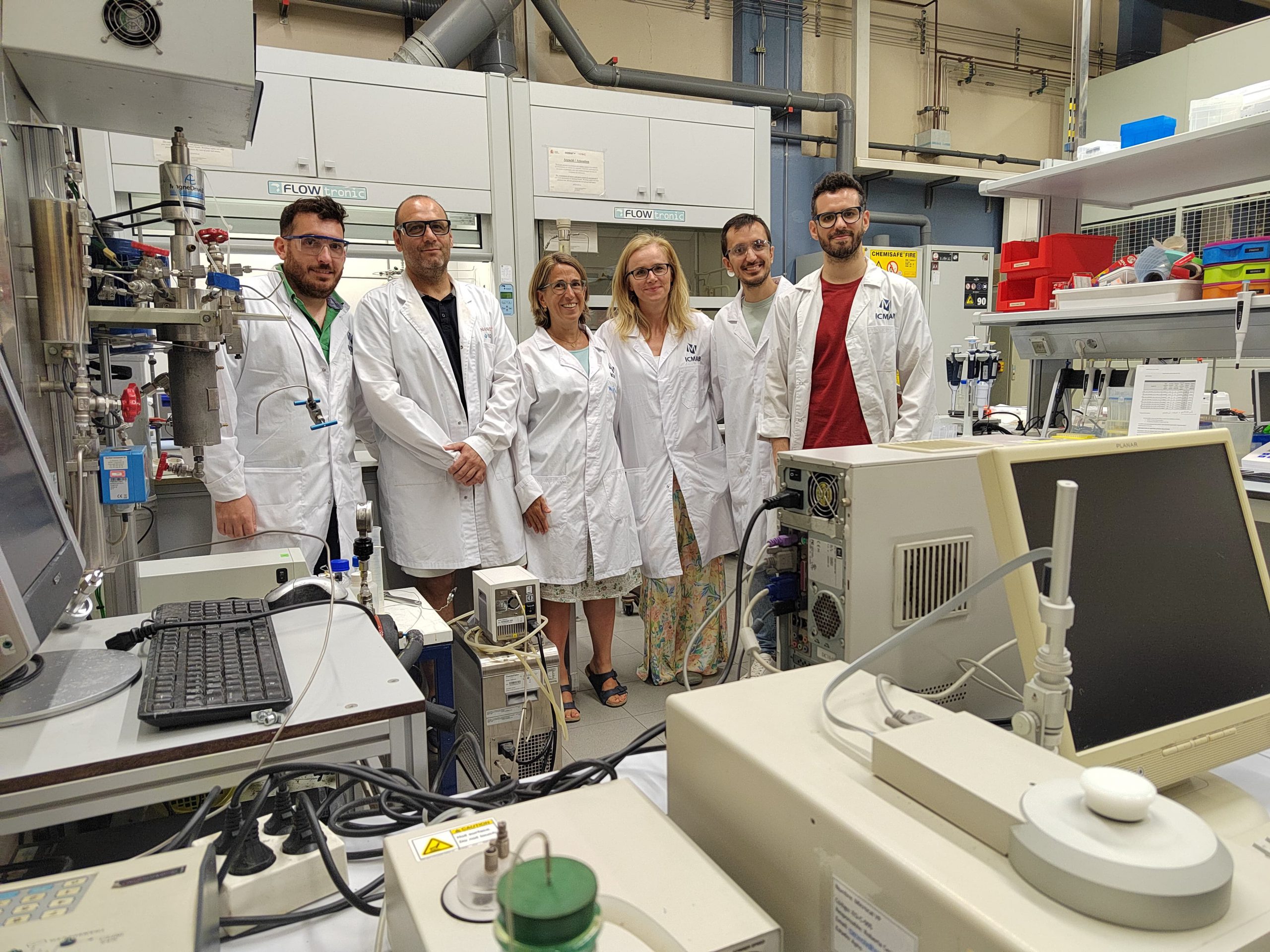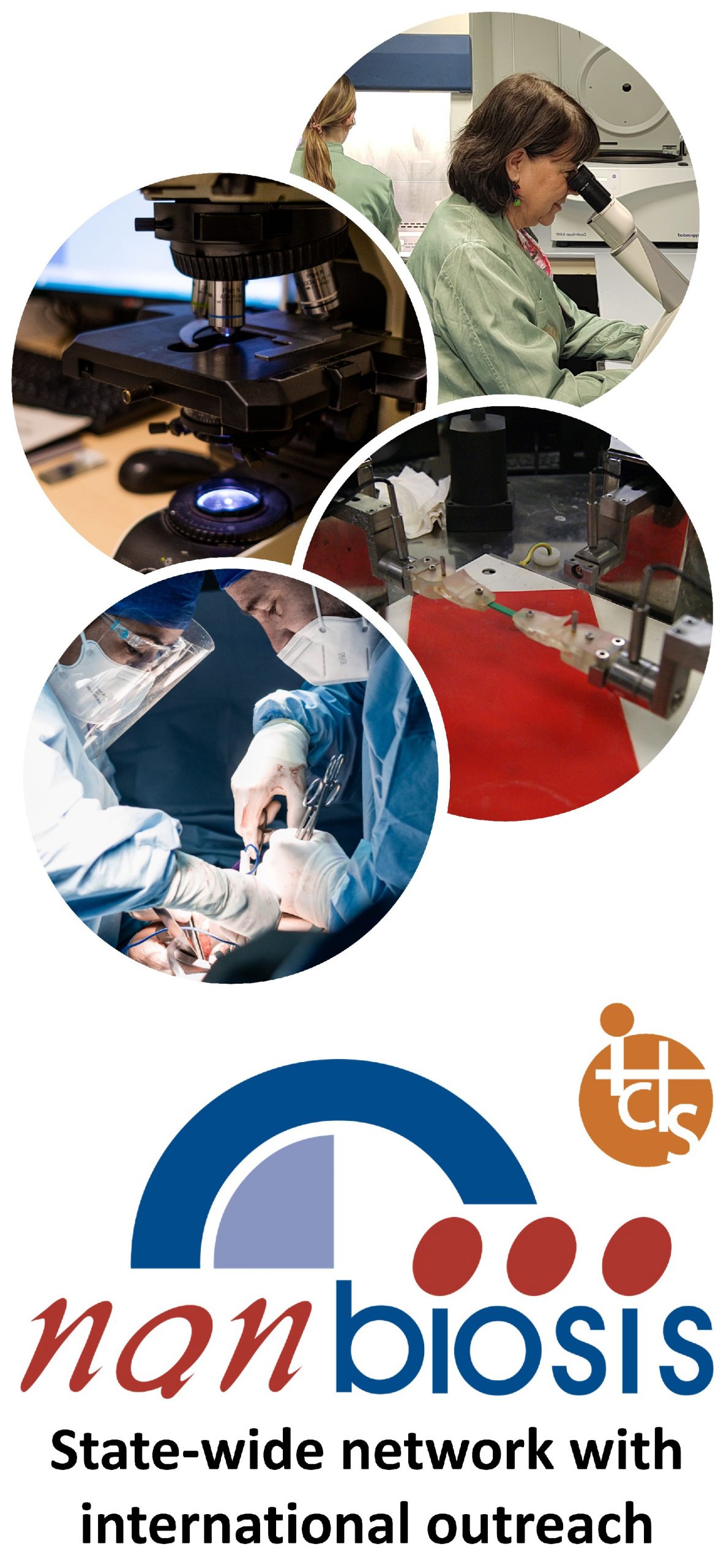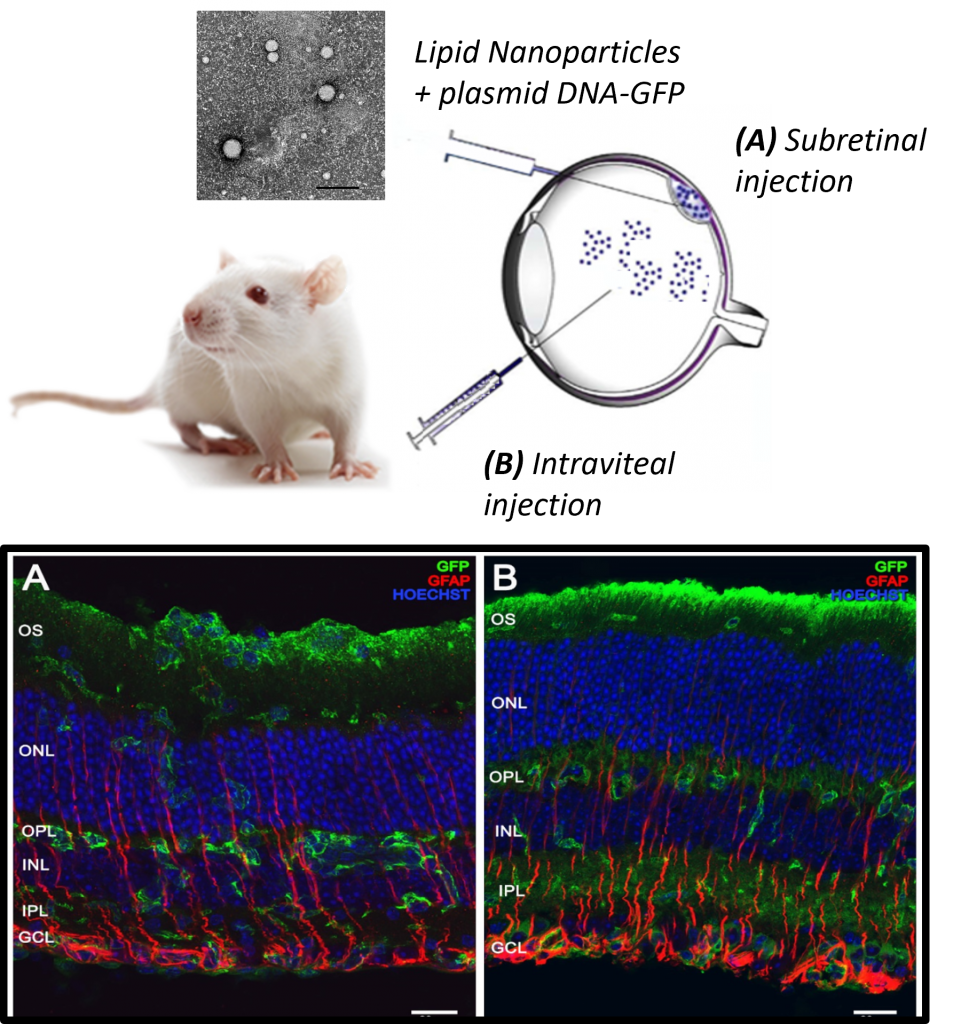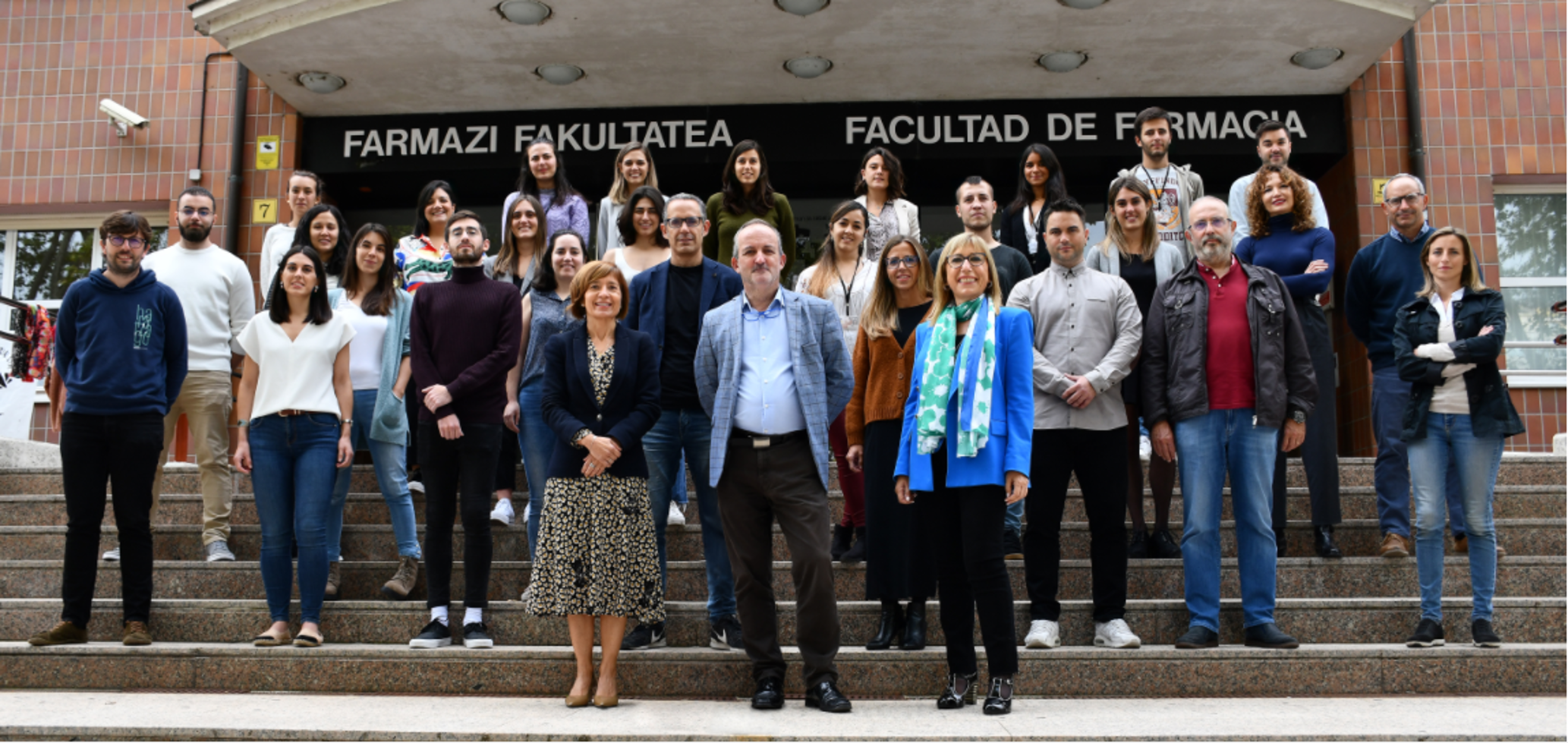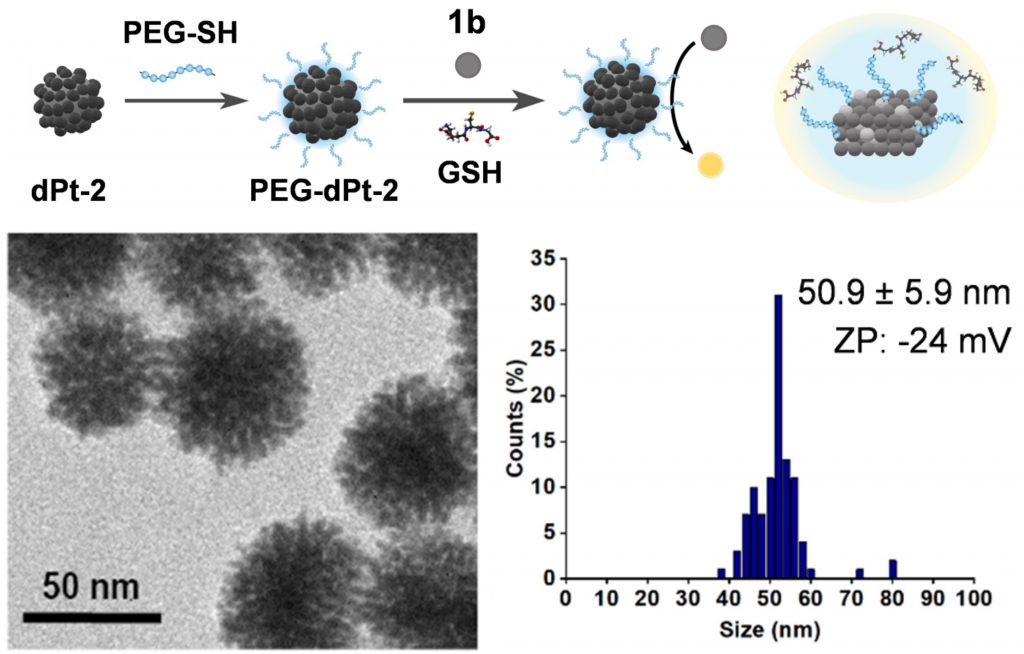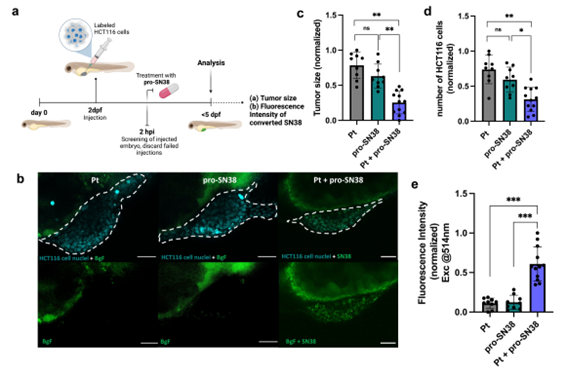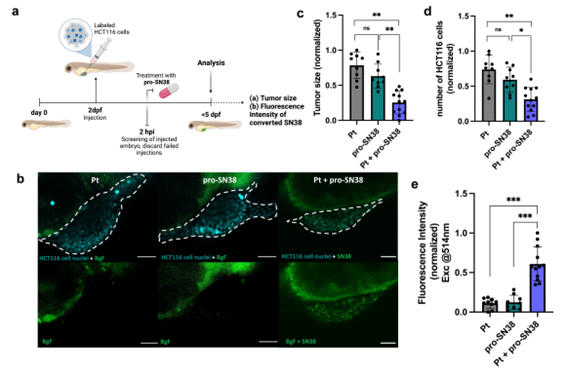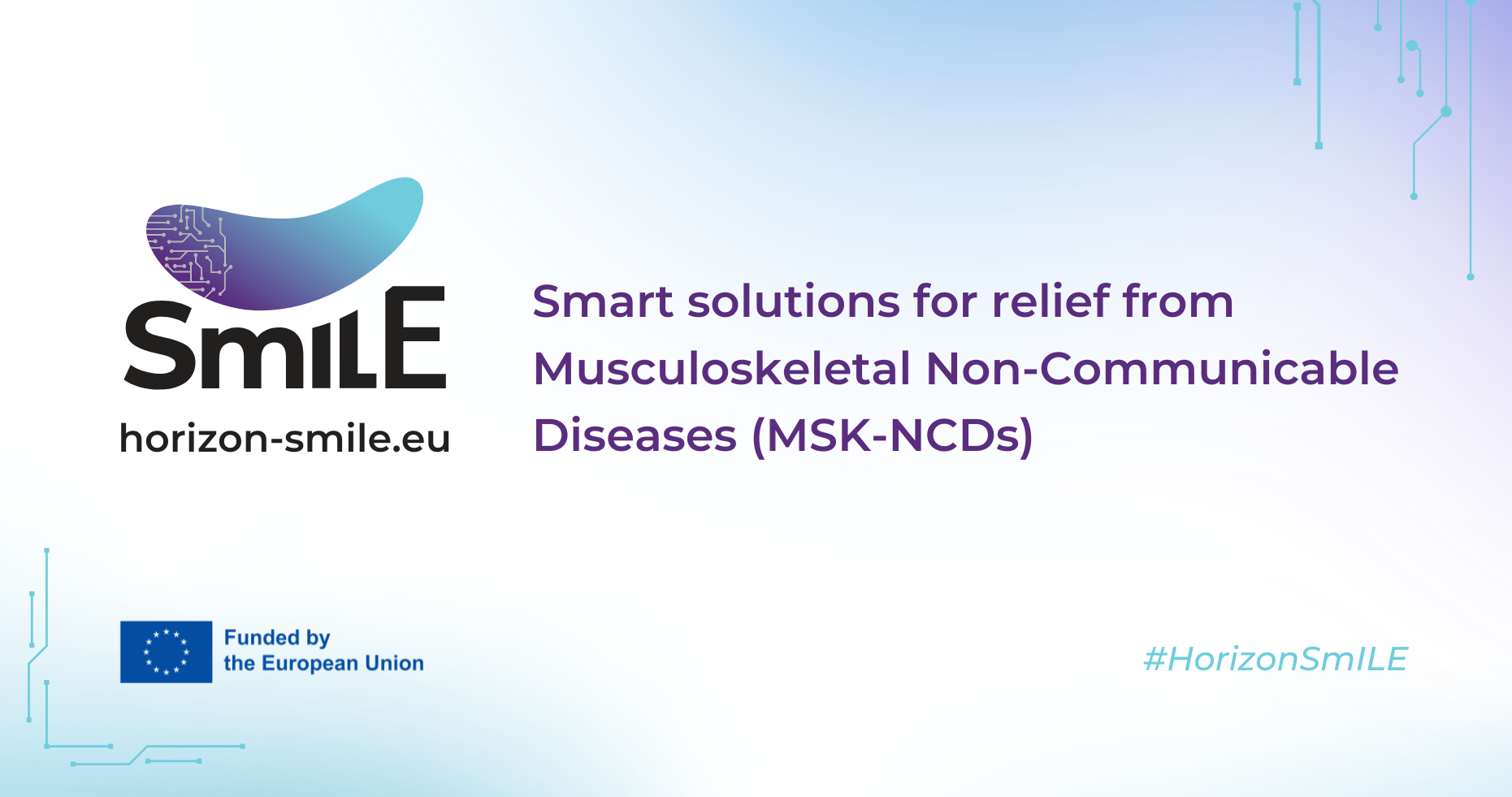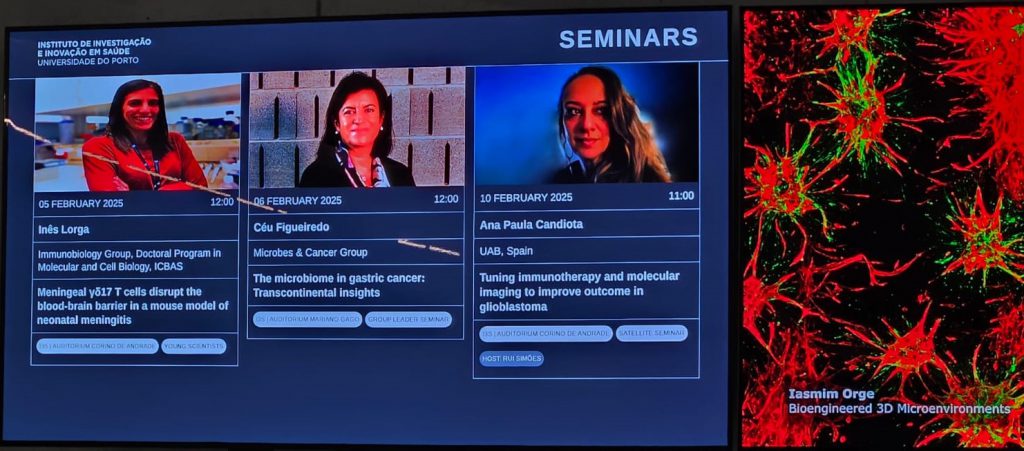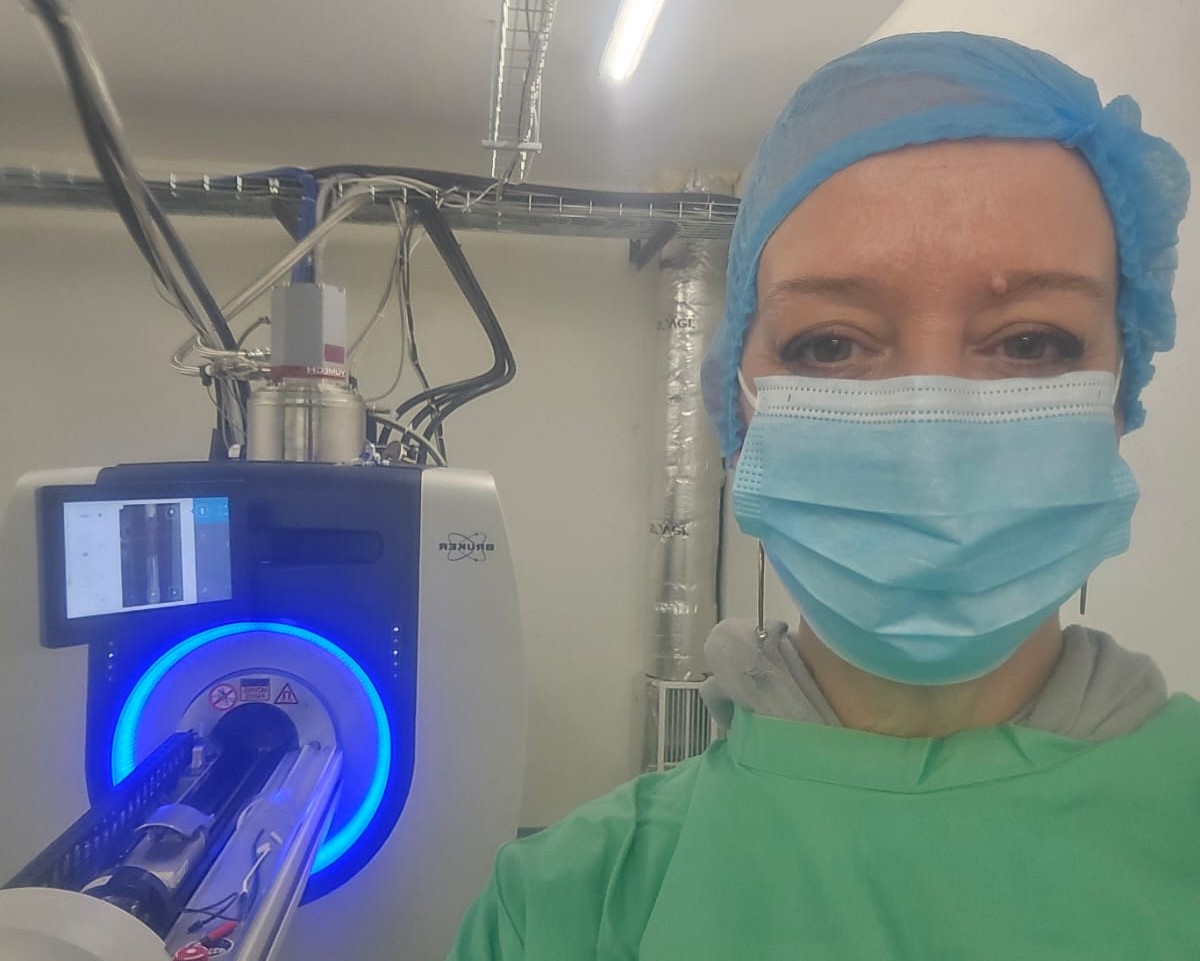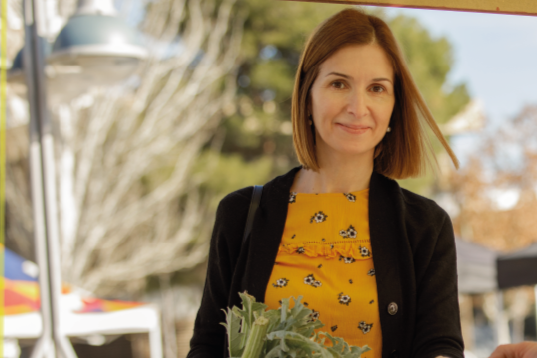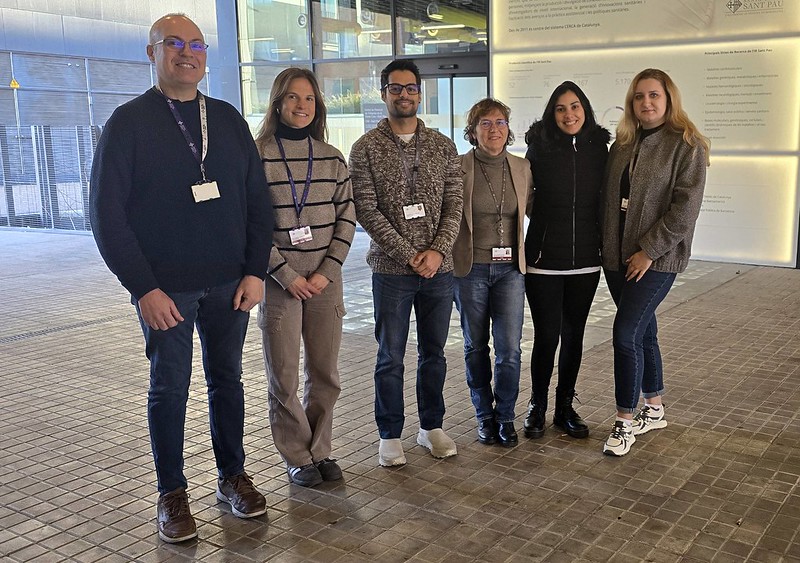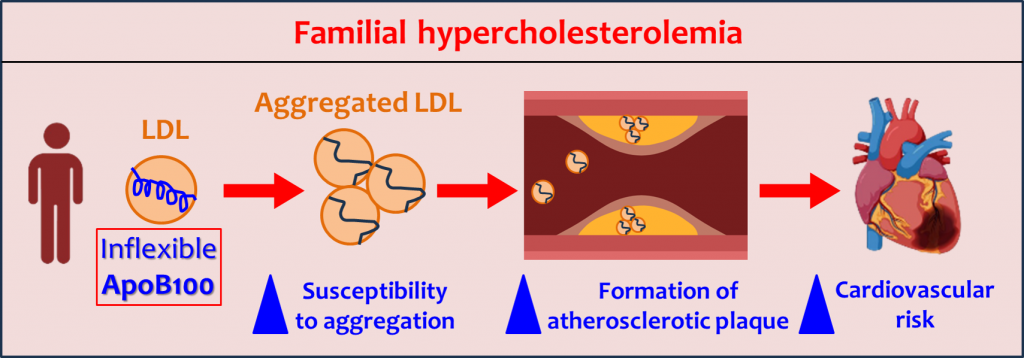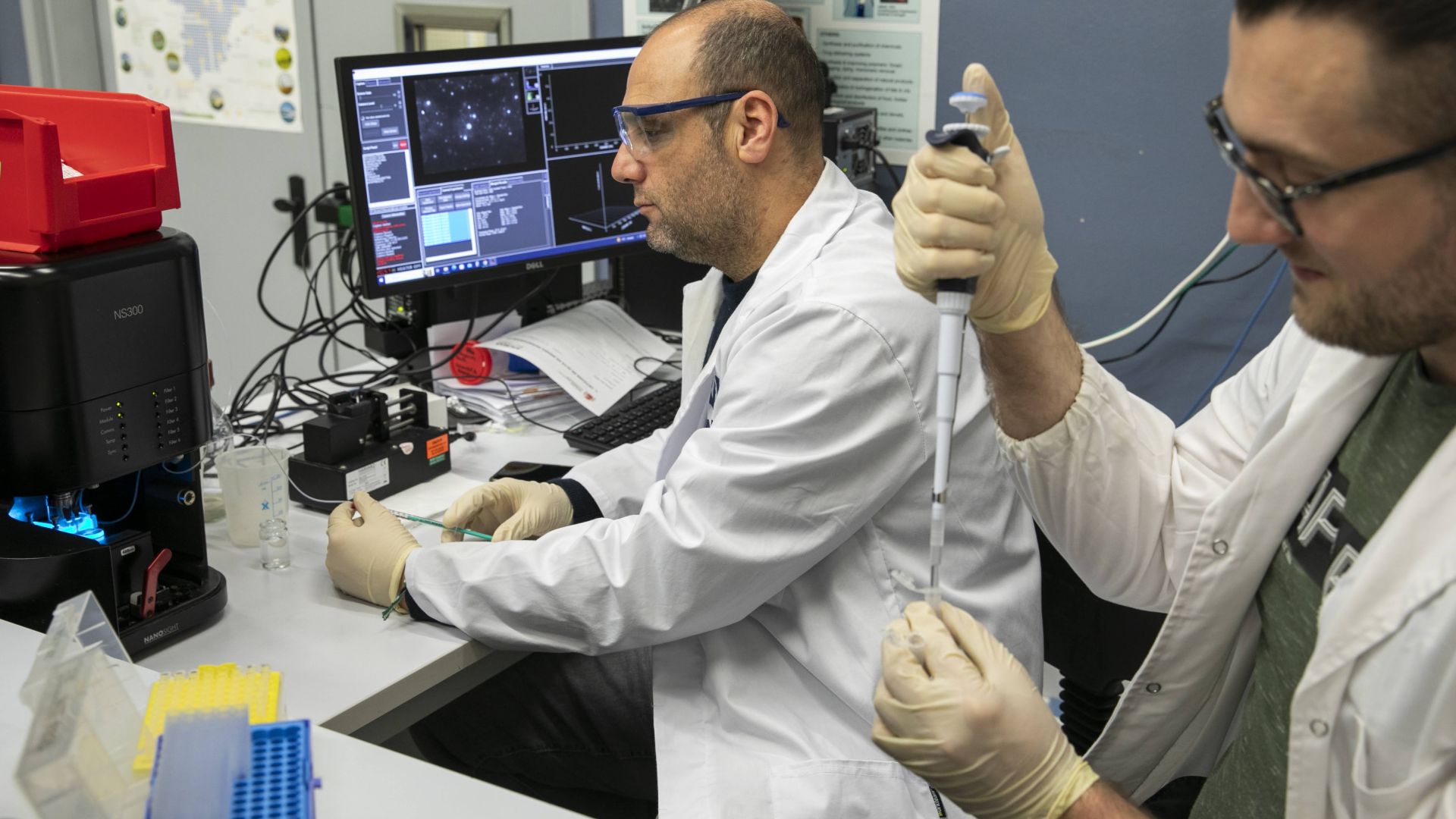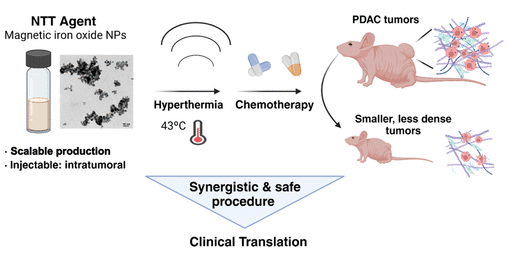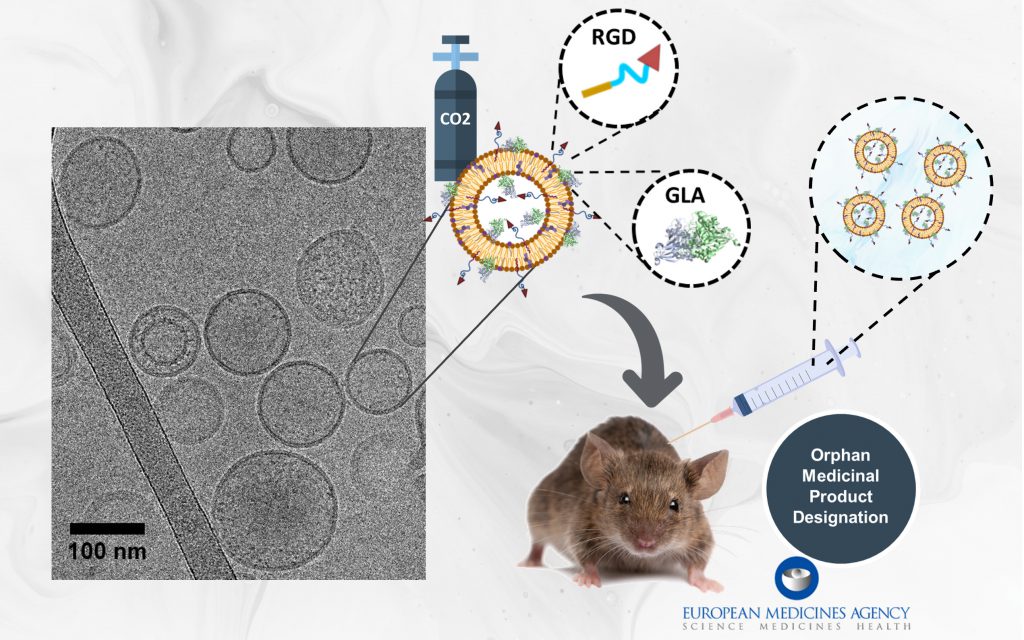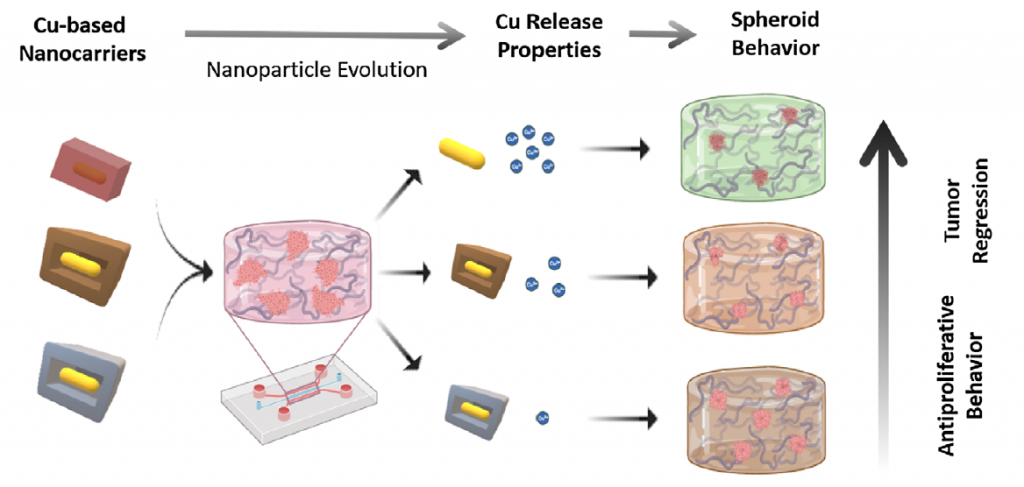Awareness and research on Fabry Disease with a special event at ICMAB
Join us on April 29 at ICMAB for “Fabry Connections” to explore research, patient insights, and future challenges in Fabry disease. Register now!
Barcelona, february 2025. Today, February 28, World Rare Disease Day, NANBIOSIS reaffirms its commitment to advancing research and raising awareness of rare diseases such as Fabry disease. In this context, we are pleased to invite researchers, healthcare professionals, patient associations, and individuals affected by Fabry disease to the event “Fabry Connections: Science, Patients, and Future”, which will take place on Tuesday, April 29, 2025, at the ICMAB-CSIC. This event is organized by our Unit 6, Biomaterial Processing and Nanostructuring Unit.
Event Details
- Date: Tuesday, April 29, 2025
- Venue: Carles Miravitlles Hall, ICMAB-CSIC (Campus UAB, Bellaterra)
- Time: 9:30 AM – 4:30 PM
An Event Dedicated to Research and Patient Engagement
This event is organized within the framework of the Nano4Rare project and the Fabry Disease Awareness Month. It aims to foster collaboration between scientists, medical professionals, and patient communities to discuss recent advancements and future challenges in Fabry disease research.
The program will feature:
- Keynote lectures by leading experts in the field, including Dr. Pablo Lapunzina (CIBERER).
- Presentations of research initiatives, including the Nano4Rare project.
- Roundtable discussions involving healthcare professionals and patient representatives.
- A dedicated space for patient associations to showcase their initiatives.
- Guided laboratory tours at ICMAB, where attendees can explore cutting-edge nanomedicine research for Fabry disease.
Join the Conversation and Register
Registrations are open until April 11, 2025. To learn more about the event and to secure your spot, visit Nano4Rare Event Page.
By participating in this event, we can collectively drive forward the research and awareness of Fabry disease and other rare conditions. We look forward to welcoming you at ICMAB on April 29!

What is NANBIOSIS?
The goal of NANBIOSIS is to provide comprehensive and integrated advanced solutions for companies and research institutions in biomedical applications. All of this is done through a single-entry point, involving the design and production of biomaterials, nanomaterials, and their nanoconjugates. This includes their characterization from physical-chemical, functional, toxicological, and biological perspectives (preclinical validation).
In order to access our Cutting-Edge Biomedical Solutions with priority access, enter our Competitive Call here.
NANBIOSIS has worked with pharmaceutical companies of all sizes in the areas of drug delivery, biomaterials and regenerative medicine. Here are a few of them:
